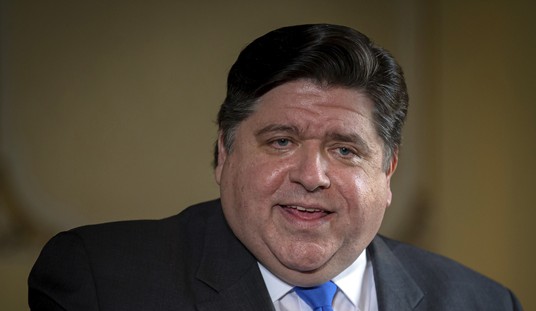For Easter this year, Whole Foods sold Organic Timothy Grass for kids’ Easter baskets. The story sounds good, as usual—plastic is toxic and the stuff in the Easter baskets lingers for years on the planet. Not mentioned is how prevalent shredded, recycled paper has become for baskets or how the plastic grass lasts and gets reused year after year. That is, the menace of plastic grass is overstated. Also not mentioned in the real grass is great story, the price of the real grass.
As I first learned about the grass clippings in a Tweet from @johnrobison, “Salute the marketing geniuses at @WholeFoods for selling grass clippings for $23.96 a pound – More than good steak!”
Price Matters
A few months ago, Rhonda Robinson posted about a poor neighborhood that “ran off” a Trader Joe’s opening. The gist of the article and comments assumed the neighborhood had elevated politics over health and made a bad decision. She concluded, “The Portland African American Leadership Forum would much rather see empty decaying buildings in their neighborhood than give up their victim card.”
I doubt the neighborhood would rather keep vacant buildings. I also doubt that they objected to a grocery store opening. They likely objected to a Trader Joe’s opening.
Trader Joe’s is the trendy, cheap-for-organic-so-still-expensive, grocery chain. Experience with Whole Foods, the not-cheap-for-organic chain full of obnoxious, self absorbed customers, some of whom might pay $23.96 a pound for grass clippings, suggests that the hip organic shops are the harbinger of the poor getting priced-out of their neighborhood.
It isn’t an empty concern. Take a look at this Slate article on the percentage of Wal-Mart foods that Whole Food’s won’t sell because of its banned ingredients list. It’s “roughly 54%.” Slate did not continue the analysis and correlate the banned items for price, but nodded to the truth in the concluding paragraph:
Do you prefer laissez-faire shopping (and the lower prices that come with it) or highly regulated shopping (and the peace of mind that comes with it)? The answer likely comes down to your politics—and your pocketbook.
Just because a grocery store opens in a food desert does not mean the residents will be able to buy their groceries there.
Shops like Trader Joe’s and Whole Foods make bank by adding a marketing aura of health and safety to their wares. They court customers who will pay a premium for quick and easy auras. But as its habit, the quick and easy thing usually draws unintended consequences, in this case, high prices and community disruption for those who can least afford either. This kind of hip price pressure might in fact end the food desert but not by bringing good food to the poor area, but by pushing the poor out of the area.
Related: The City of Houston is trying some new strategies for food deserts.
*****
Photo (c) 2014 @johnrobison









Join the conversation as a VIP Member